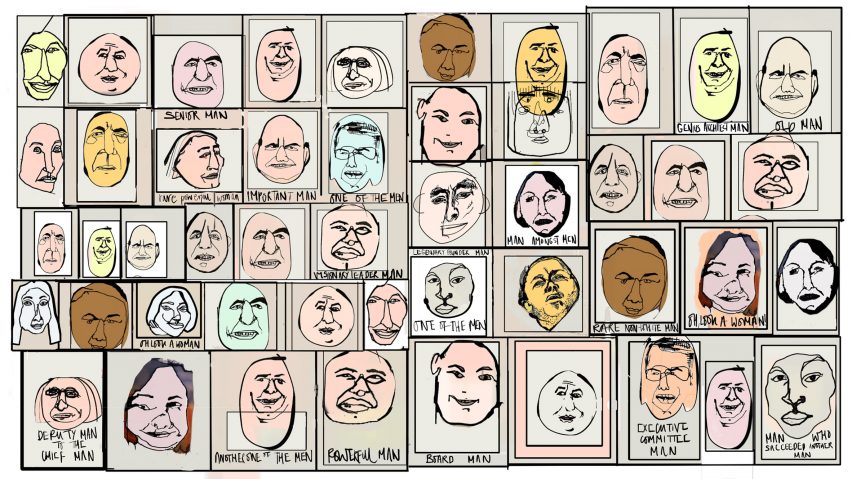
Equality is good for the bottom line, say speakers at Dezeen and RIBA's diversity event
Better diversity means better business for architects and designers, according to speakers at the Must do Better talk hosted by Dezeen and RIBA last night.
"This is not about being nice; this is about making good business," said Alexandra Hagen, CEO of Swedish studio White Arkitekter. "This is about being the most attractive employer in the business."
White Arkitekter is one of only three of the 100 biggest architecture companies to be headed by a woman, according to Dezeen's gender survey.
The survey found that women occupy just 10 per cent of the top jobs at leading architecture firms, while 16 firms have no women at all in senior positions.
These firms are missing out, Hagen claimed. "Inequality is bad for business and bad for the economy," she said.
Diversity directly linked to business success
The sentiment was reinforced by other speakers at the sell-out event, held at RIBA headquarters in London to coincide with International Women's Day this week.
Sundiatu Dixon-Fyle, who leads on inclusion and diversity at global management consultant McKinsey & Company, presented research that directly links diversity with business success.
In a report titled Delivering through Diversity, the consultant makes the business case for inclusion and diversity, by comparing levels of diversity at executive levels with metrics of business success.
"We tried to make the link between the levels of representation and the business performance of these companies," said Dixon-Fyle.
McKinsey & Company's research demonstrates that those companies with better gender diversity in senior positions outperform those with lower levels of diversity.
"[In 2014] companies in the top quartile for gender diversity in their executive teams were 15 per cent more likely to out perform companies in the bottom quartile on profitability," explained Dixon-Fyle.
In the 2018 report this number had risen to 21 per cent. "[Diversity] absolutely makes business sense," she said. "This is not just about doing the right thing."
The cost of not being diverse
The research also found that the least diverse companies were underperforming. Those in the bottom quartile for gender diversity were 29 per cent more likely to underperform relative to their peers.
"Its not just enough to be amongst the most diverse and getting the benefits from that. We are saying that you actually get a penalty from being less diverse," said Dixon-Fyle.
According to McKinsey & Company, companies with more diverse senior teams receive many benefits. They are more likely to attract talent, have improved quality of decision making, greater levels of innovation, more accurate customer insights, and better employee motivation and satisfaction.
Helen Taylor, director of practice at Scott Brownrigg, added that although her studio does have an all male board, they are proud of the diversity across the company and the benefits it brings.
"Diversity brings us opportunities and we really want to take that forward," said Taylor.
The Royal Institute of British Architects organised the event on diversity after being "stunned" by Dezeen's gender survey, which revealed that just two the world's 100 largest architecture firms have management teams that are more than half female.
Dezeen's editor-in-chief Marcus Fairs presented the findings of this survey to the audience, and explained the Move the Needle initiative to improve gender equality in architecture and design. He also revealed that the UK's largest architecture practice Foster + Partners has committed to improve gender diversity at the studio.
Five of they world's most prestigious design conferences have also committed to improving the gender balance of the speakers at their events.
Does your organisation want to help us Move the Needle on gender equality in architecture and design? Do you have a positive story to tell? If so please use the comments section below or email us: [email protected].
Illustration is by Leyla Reynolds.